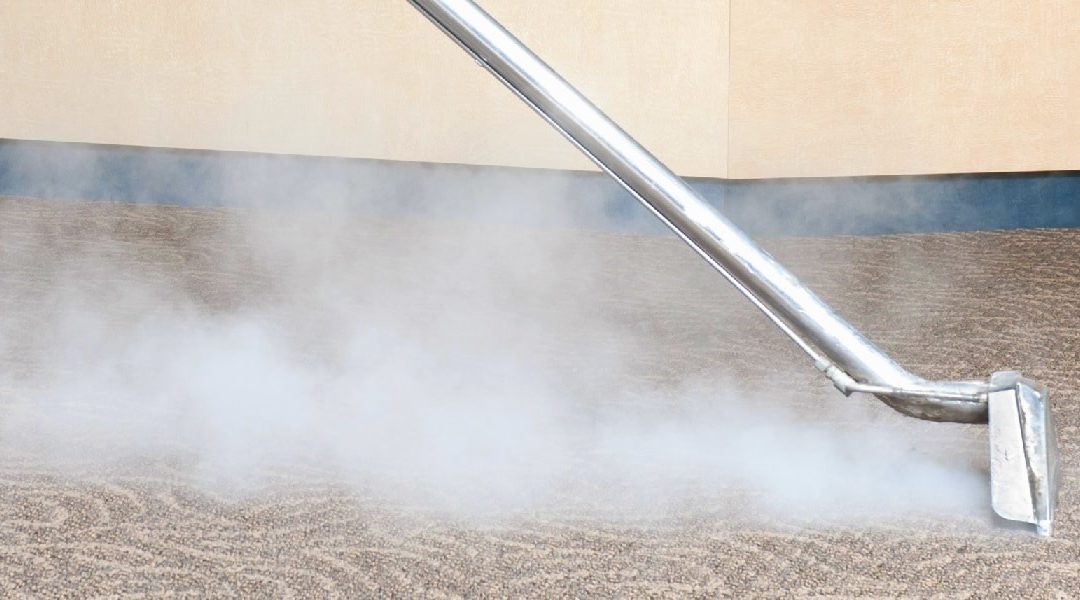Because a mattress is such a large investment, you’ll want to make sure it lasts as long as possible—which means learning how to clean a mattress. Mattresses can harbour dust mites, dead skin, dirt, and other debris, necessitating regular cleaning—especially if you have allergies, have pets, or are simply a late-night snacker.
The good news is that cleaning a mattress is significantly less difficult than you would believe. Continue reading to learn the nine easy steps to keeping your mattress clean and ready for years of snoozing.
1. Get all of your mattress cleaning supplies together.
- A vacuum with an upholstery attachment
- Stain remover such as enzyme cleaner or dish soap
- Washing detergent
- Baking soda
- Cleaning cloths
- Ice water
2. Remove all of the bedding from the bed and wash it
While you’re cleaning the mattress, remove the sheets, pillowcases, and mattress covers and wash them in the washing machine. Dust mites can be removed from bedding by washing it in hot water. You might be able to wash your pillows as well, depending on the type. (Check the care label twice.)
3. Clean the mattress with a vacuum
Use the upholstery attachment on your vacuum cleaner to go over the whole surface of the mattress, including the sides. Pay extra attention to seams and use the crevice attachment to remove any debris or dust that has crept in.
4. Using a stain remover, spot-clean your mattress
It’s now time to concentrate on removing stains from the mattress, which will require spot-cleaning. Never wet your mattress or clean it directly with water or a cleaning solution. Memory foam, for example, isn’t meant to get wet in the first place. As a result, approach with caution and follow the rule of “less is more.”
So it’ll be spot-cleaning with a stain remover. The type of stain and the type of mattress will determine the stain remover you choose. Use an enzyme cleanser to remove biological stains. Spray the cleanser onto a clean white cloth, then use the cloth to dab the stained area. After that, dab the stain with a clean towel saturated with cold water until it disappears. The idea is to use as little product as feasible and as little moisture as possible. This procedure works well for stains such as blood, perspiration, vomit, pee, and other similar substances.
You can make your own DIY solution instead of using an enzyme-based cleaner by mixing dish soap with water and applying the resulting foam directly to the stain. A DIY solution of equal parts cold water and hydrogen peroxide can also be made.
5. Sprinkle baking soda evenly around the mattress
If you are unable to expose your mattress to sunlight and fresh air, baking soda is the next best thing. Leave a coating on the entire top of the mattress for many hours (or better yet, apply before an overnight trip). Baking soda will neutralise the acid and absorb any moisture or odour that remains. The longer you leave baking soda on your mattress, the better! Open any windows in the room to let light and sunshine in while the mattress is sitting with baking soda. UV rays from the sun can actually aid in the killing of mould and bacteria on the mattress.
6. Vacuum once more
Vacuum it up thoroughly once the baking soda has done its magic. (If you have a fabric headboard, this is also an excellent time to vacuum it!) It’s a good idea to start over with everything bed-related.)
7. Turn your mattress over
Now that one side of the mattress is pristine, flip it over and repeat steps 1–5 so that both sides are equally clean and new. Regardless of whether you’re deep cleaning the mattress or not, flipping should be done on a frequent basis. People have long believed that they should flip their mattress every three months, but this is only true for spring mattresses, which compress over time. As mattresses get more specialised, contacting the model manufacturer is your best chance.
8. Keep the mattress safe
It’s time to protect your mattress now that you know how to clean it. Cover your new mattress with a mattress protector once it’s completely dry. This will make future cleaning easier and protect it from spills, dirt, and other annoyances (i.e. bed bugs).
9. Using a fitted sheet, keep dust at bay
“Keeping the space around the mattress clean and using fitted sheets that are routinely washed should keep it dust-free,” Neil explains. Wrapping mattresses and box springs with mattress encasements, on the other hand, prevents dust mites from settling in, according to Ed—a good idea for anyone with allergies or asthma.
For more information, visit Perth’s bestmattress cleaning expert.

